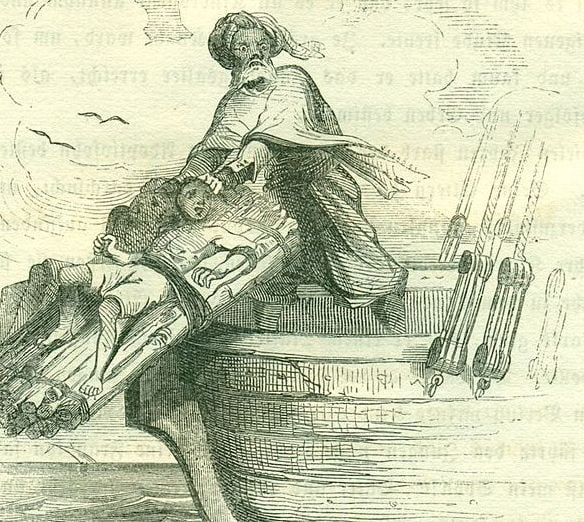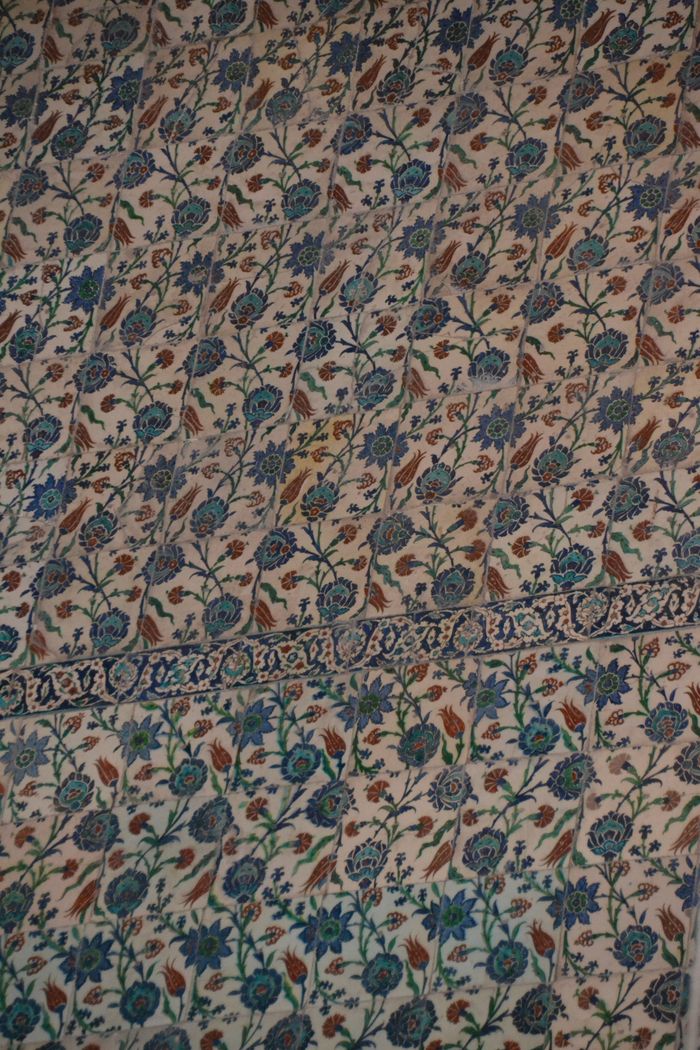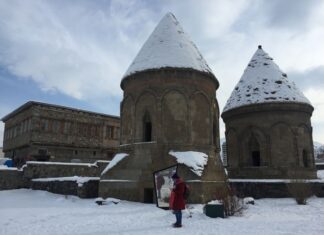Today, hundreds of books and articles talk about Hittite history, religion, art, literature, and law. The rediscovery of the Hittites is seen as one of the early successes of archaeology, especially for those defending the truth of the Bible. However, it also raised new questions.
The Bible mentions the Hittites several times, especially in the story of Abraham. In Genesis 23, Abraham buys a burial cave from a man named Ephron the Hittite. But historians haven’t found strong proof that real Hittites were living in Palestine before 1200 B.C. So how could Abraham—who lived many centuries earlier—have met a Hittite?
A Simple Explanation for a Bible Mystery
To solve this mystery, a well-known expert named Harry A. Hoffner Jr. gave a simple answer. In ancient Hebrew, the words Hittite and Hethite are written the same way using only consonants. Hoffner suggested that the people mentioned in the early Bible stories were actually Hethites, a Semitic group living in Palestine during Abraham’s time Istanbul Daily Tour.
Some modern Bible translations and study notes support this idea. Later mentions of Hittites—like Uriah the Hittite, husband of Bathsheba (2 Samuel 11)—are different. These were Neo-Hittites, people who still followed some Hittite traditions long after the empire ended in 1180 B.C.
From the Hittites to the Phrygians
After the fall of the Hittite Empire, a new group called the Phrygians moved into central Asia Minor (modern Turkey). Their capital was Gordion. In Homer’s Iliad, the Phrygians are allies of the Trojans A Failed Marriage Alliance.
Phrygian power ended in 693 B.C. when the Cimmerians invaded from the Russian steppes. During this attack, the last Phrygian king, Midas, is said to have taken his own life. After that, Lydia became the most powerful kingdom in the region, with Sardis as its capital.
The Rise of the Persian and Greek Empires
In 546 B.C., the Persian king Cyrus defeated Croesus, the king of Lydia. Persia ruled the area until Alexander the Great led the Greeks to conquer it in 334 B.C. One famous story tells how Alexander “cut the Gordian knot” in Gordion, a symbol of his determination to rule Asia.
After Alexander the Great
When Alexander died without naming a successor, his seven generals fought for power. In the end, four generals survived and created their own empires.
One of them, Seleucus I Nicator, took over a large part of Alexander’s land and started the Seleucid dynasty. He built many cities named Seleucia, including one in Syria (mentioned in Acts 13:4) and others in what is now Turkey.
Though Seleucus preferred the city of Seleucia in Syria, the capital of his empire later became Antioch-on-the-Orontes. This city was important because it connected trade routes between the Euphrates River, Asia Minor, and the rest of Syria.
Setting the Stage for the New Testament
Because of these trade routes and its location near the Mediterranean Sea, the region became easily accessible to Rome. This helped lead to the Roman conquest of the area, which is the setting for much of the New Testament.








